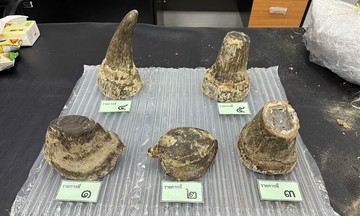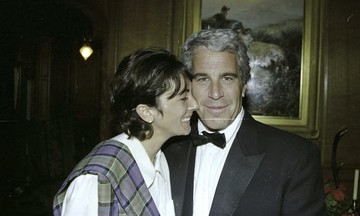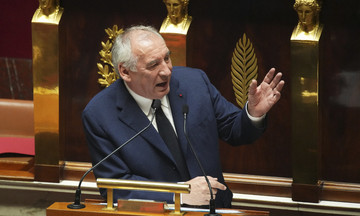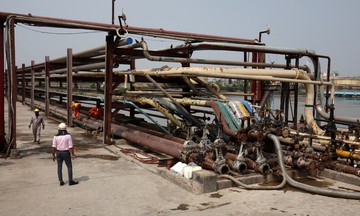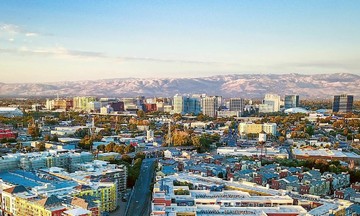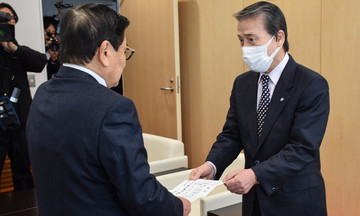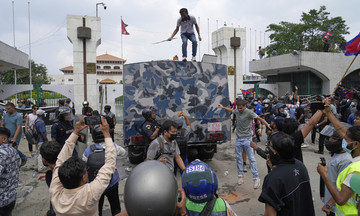On 7/9, in St. Peter's Square at the Vatican, Andrea and Antonia Salzano witnessed a historic moment as Pope Leo XIV canonized their late son.
Carlo Acutis, an Italian computer prodigy who died in 2006 at the age of 15, became the first millennial saint, representing those born in the 1980s and early 1990s. Tens of thousands of Catholics attended the ceremony, with millions more watching online.
According to the Italian Catholic magazine Aleteia, this is one of the few instances where parents have lived to see their child's canonization. The most recent case was on 24/6/1950, when Assunta Carlini Goretti witnessed Pope Pius XII canonize her daughter, the virgin martyr Maria Goretti. Maria Goretti’s father had died in 1900.
"Of course, that doesn't mean I'm a saint, too. But at least I have fulfilled my responsibility," Antonia Salzano, 58, told NPR a few days before her son's canonization.
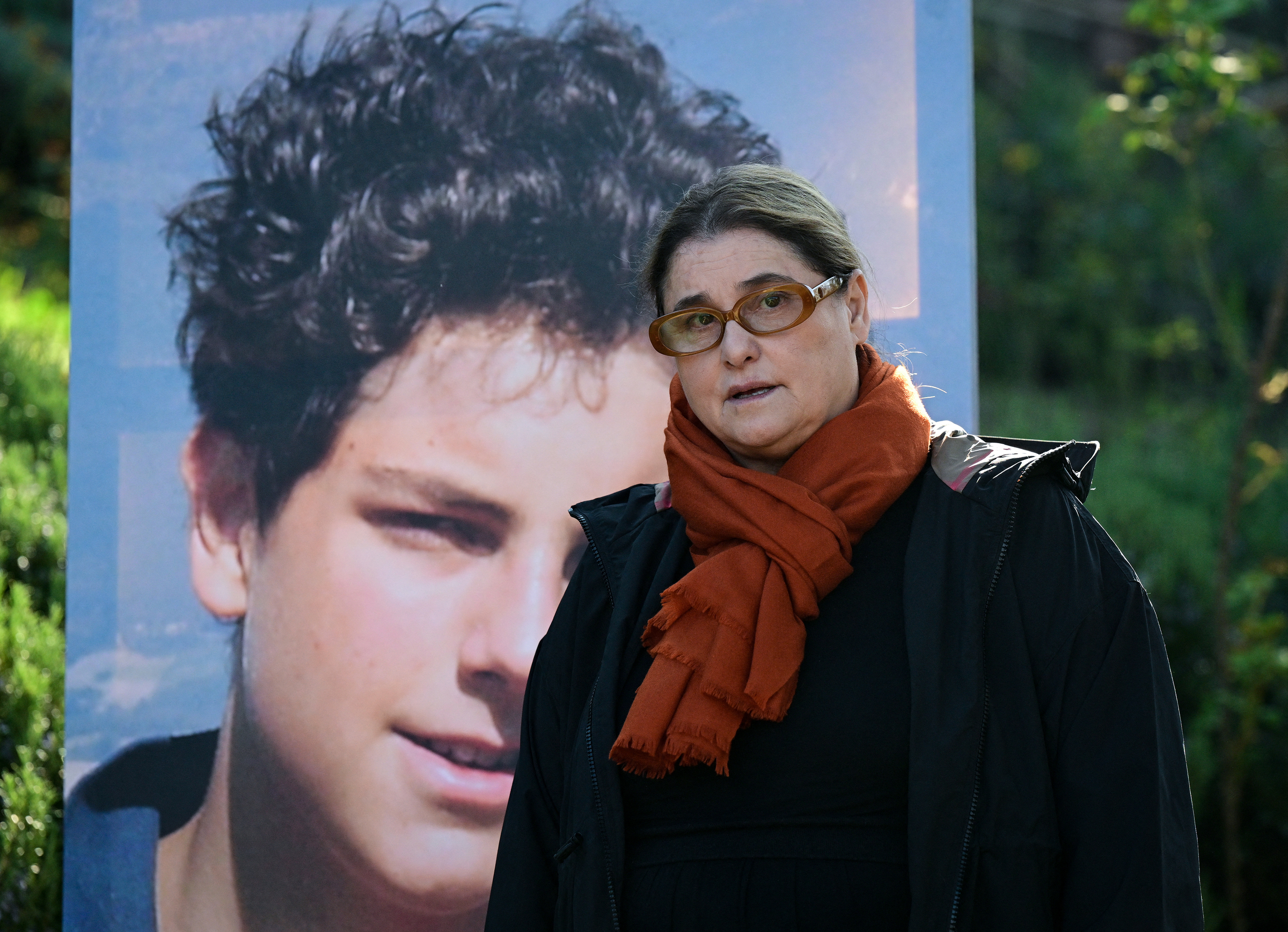 |
Antonia Salzano, mother of Saint Carlo Acutis, in Assisi, Italy, on 4/4. Photo: AFP |
Antonia Salzano, mother of Saint Carlo Acutis, in Assisi, Italy, on 4/4. Photo: AFP
That responsibility guided her for over a decade, motivating her to pursue the Vatican's complex canonization process. Soon after Carlo died of leukemia in 2006, she began advocating for the Church to consider his case.
The Diocese of Milan opened Carlo Acutis's cause for canonization on 12/10/2012, six years after his death, adhering to the required five-year waiting period.
Carlo Acutis was born in London to an affluent family and raised in Milan. His father, Andrea, was the president of an insurance company, while his mother worked for the family's publishing company.
In interviews, Antonia Salzano confirmed that her family covered the canonization expenses, which can reach hundreds of thousands of USD. They also hired a postulator, a specialist in Rome, to manage the process and navigate the Holy See's procedures.
Beyond finances, Salzano spearheaded efforts to protect her son's image and stories. She actively participated in events, interviews, and speeches, sharing his virtues, love for the Eucharist, and community service. Her talks, like the one at St. Patrick's Cathedral in New York last May, helped spread Carlo’s story globally.
Salzano challenged articles questioning her son's piety. She was angered by an Economist piece quoting former classmates who described Carlo as not outwardly devout.
"I have to make sure that everything said about Carlo is correct," Salzano emphasized.
In her memoir, My Son Carlo, Salzano recounts the painful period after her son's sudden illness and death just days after his leukemia diagnosis. She was 39 at the time and thought she couldn’t have more children.
However, at 43, she dreamt of Carlo saying, "Don't worry, you will be a mother again." A month later, she became pregnant with twins Francesca and Michele. "It was Carlo's gift to us. Every day we hear about a miracle through Carlo, and we also received a miracle," she wrote.
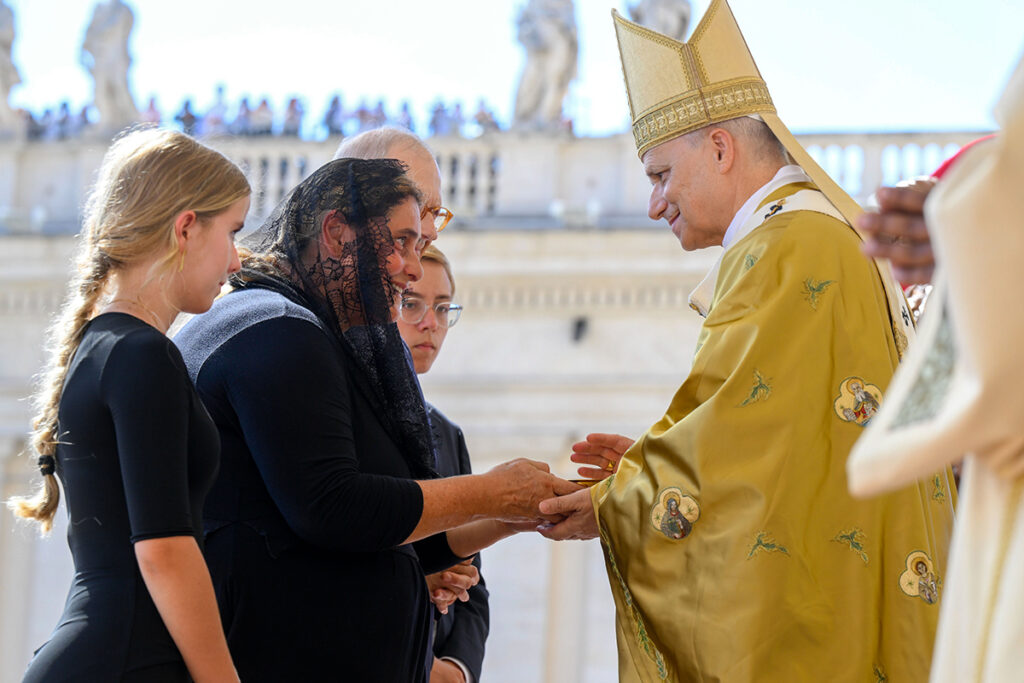 |
Andrea and Antonia Salzano Acutis, with their children Francesca and Michele, meeting Pope Leo XIV at the Vatican on 7/9. Photo: Vatican Media |
Andrea and Antonia Salzano Acutis, with their children Francesca and Michele, meeting Pope Leo XIV at the Vatican on 7/9. Photo: Vatican Media
Catholic canonization requires at least two Vatican-approved miracles. For Carlo, two were approved in the past 10 years: the healing of a 4-year-old Brazilian boy with a severe pancreatic defect and the recovery of a 21-year-old Costa Rican student near death after a bicycle accident. Both reportedly prayed for Carlo's intercession.
Carlo is called the "patron saint of the internet" for his programming skills and faith. At 11, he created a website showcasing Eucharistic miracles worldwide. After his death, his parents moved his body to Assisi, the city of St. Francis, for veneration. Millions of Catholics have visited his tomb to pray.
Archbishop Domenico Sorrentino of Assisi said Carlo's swift canonization reflects "the harmony between God's will and the Church's needs in this new era." The teenager became a role model for youth, a group the Church is trying to engage more deeply.
"Young people are difficult to reach today. The image of a boy who found joy and meaning in God is incredibly important," Sorrentino said.
In his canonization homily for Carlo Acutis and Pier Giorgio Frassati on 7/9, Pope Leo XIV emphasized that both saints demonstrated love for God through simple, everyday actions. They are a call, especially to young people, "not to waste life, but to aim high and turn it into a masterpiece."
Pope Leo XIV also acknowledged Carlo’s family in his message.
"Carlo encountered God first in his family, thanks to his father Andrea and mother Antonia, and his siblings Francesca and Michele, who are here with us today. He grew in prayer, sports, studies, and charity, harmoniously combining these in his daily life," he said.
Thanh Danh (NPR, Catholic Outlook, NY Post, Aleteia)



